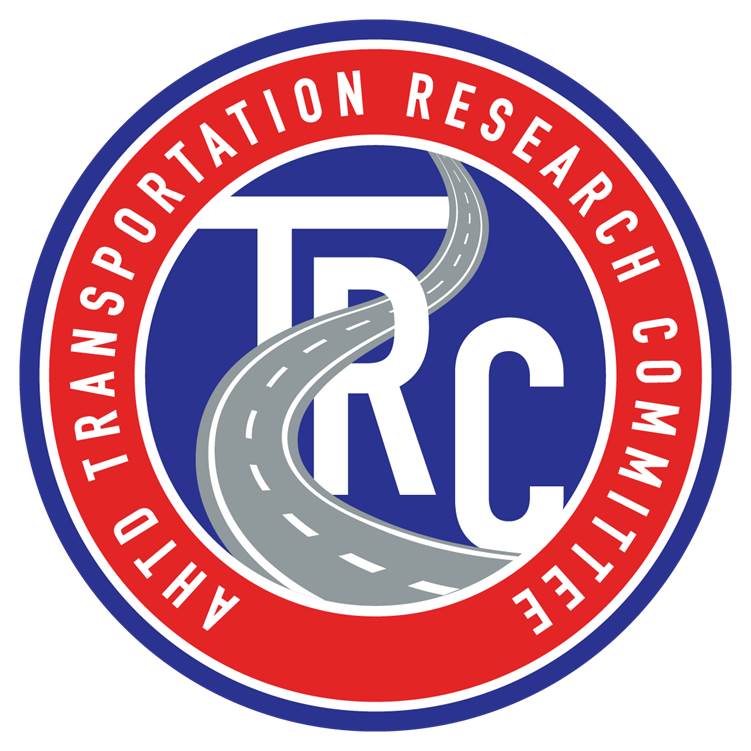TRC1501: |
|
TRC1502: |
| Performance of Asphalts Modified with Polyphosphoric Acid (PPA) |
|
Laboratory Measurement of Dynamic Soil Properties to Predict Earthquake Response
|
 |
|
 |
| The primary objective of TRC 1501 is to generate necessary performance data for PPA-modified asphalts prepared with anti-stripping and WMA additives. Performance properties (stripping, rutting and fatigue) of PPA-modified asphalt binder and mix (lab and field core) samples will be evaluated in the laboratory. A comprehensive test plan including Superpave test methods, tensile strength ratio (TSR), Hamburg Wheel Tracking, will be executed. Further, stripping of modified asphalt binders will be evaluated through a surface science approach (e.g., surface free energy) to gather insight information of the compatibility between aggregates and binders. Laboratory test data will be correlated with field performance data to formulate necessary guidelines for PPA-modified asphalts for conditions prevailing in Arkansas. |
|
The objective of TRC 1502 is to conduct laboratory-scale resonant column torsional shear and bender element testing on soil samples obtained from the Mississippi Embayment. This research will provide design provisions that AHTD can use to more accurately determine the response of structures during an earthquake. This information will clarify questions that currently exist regarding how deep foundations will perform during an earthquake without needing to wait for an earthquake to occur.
|
| Final Report |
|
Final Report |
|
| |
|
|
TRC1503: |
|
TRC1504: |
| Safety Performance Functions for Arkansas |
|
Alternative uses for GPR in highway construction and maintenance. |
 |
|
 |
| TRC 1503 aims to determine SPF calibration factors for rural two-lane and20 multilane (excluding freeways) roadway segments and intersections on the state-numbered system in Arkansas. The resulting work products will be a final report, an implementation report, and a guidebook. |
|
TRC 1504 has several objectives which are to determine nontraditional uses for current GPR equipment, evaluate the feasibility of using an 800 MHz antenna, evaluate the performance of the existing GPR setup and, if feasible, an 800 MHz antenna. |
| Final Report |
|
Final Report |